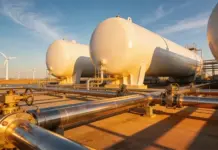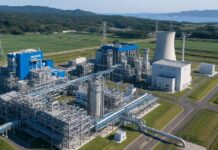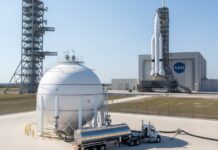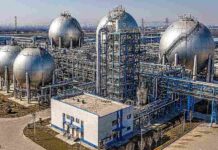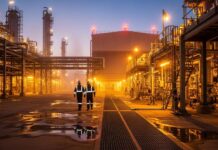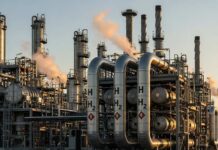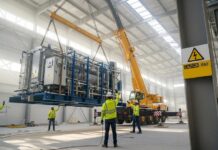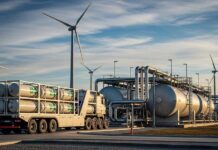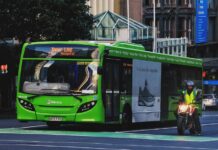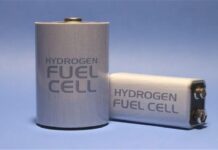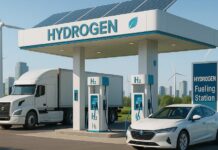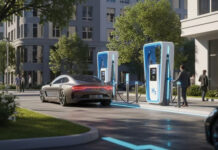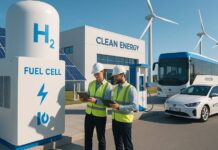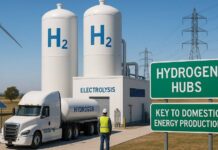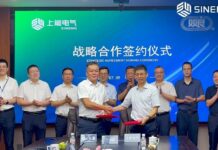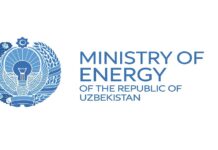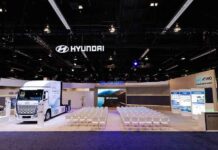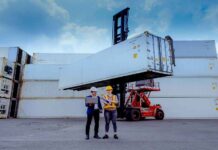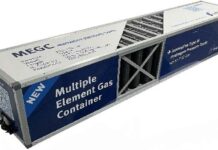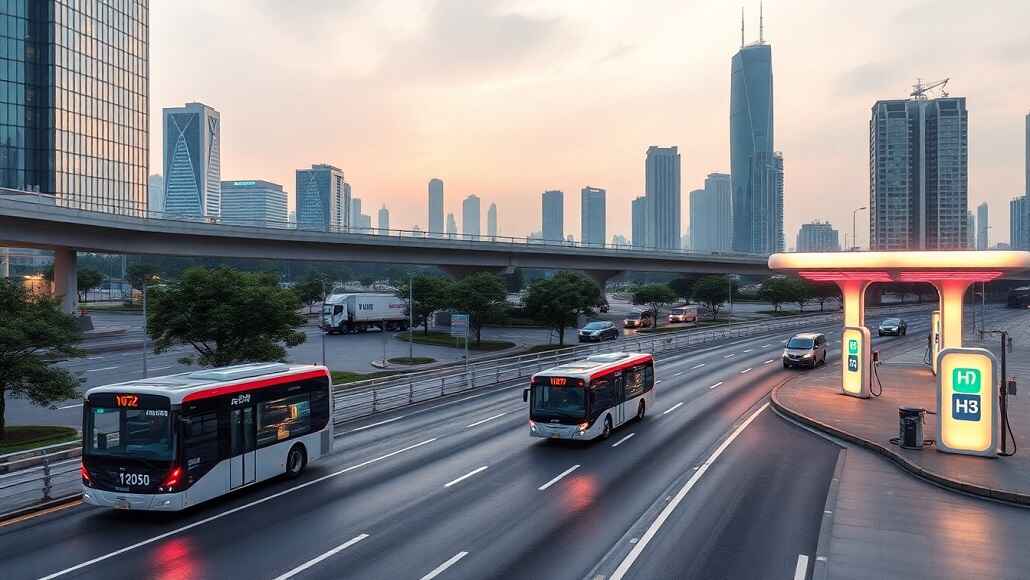China has gone on to significantly ramp up funding in order to support hydrogen fuel cell vehicle demonstration projects by way of distributing $321 million in its third annual subsidy round.
The total funding now goes past $700 million in the last three years, thereby highlighting the country’s aggressive position in order to become a worldwide leader when it comes to hydrogen fuel cell vehicle adoption.
The Ministry of Finance in China went on to announce on April 21, 2025, an allocation of $321.5 million to 28 urban districts across 10 provincial regions, such as Tianjin, Beijing, and Hebei, for the third year as far as the ambitious fuel cell electric vehicle demonstration project is concerned.
This goes on to mark a prominent rise of 44.2% as compared to the second year’s funding, thereby highlighting the ongoing commitment of China when it comes to hydrogen technology.
The leading recipients as far as the second round is concerned include the likes of Tangshan with $65.8 million, Beijing getting $61.8 million, Shanghai receiving $57.5 million, Tianjin receiving $23.1 million, and Zhengzhou with $35.5 million. All these so-called five tigers go on to collectively dominate the hydrogen demonstration spectrum in China.
The FCEV program in China looks forward to speeding up the commercialization along with development as far as hydrogen technology is concerned by way of substantial incentives by the government. The subsidies when it comes to demonstration clusters get capped at $256.8 million each over the period of four years with a total funding ceiling worth $1.8 billion across all the clusters put together. With the present distributions amounting to $701 million, which is roughly 55% of the total funding, have now got allocated.
The demonstration program, which was initiated in August 2022, has progressively pushed subsidy disbursement, with first-year funding getting distributed in April 2024, second-year funding getting distributed in November the same year, and current third-year funding getting disbursed in April 2025. In spite of the pace, just 15,850 vehicles, which is 49% of the target 32,455, have been rolled out as of March 2025, thereby leaving a substantial 51% gap that needs to be filled in the final year of the program.
It is worth noting that recently the initiative expanded its scope by way of adding another six cities to the project, which are expected to deploy more than 4000 FCEVs by the end of this year.
These new cities are Puyang, Luliang, Dalian, Jiyuan, Hami, and Cangzhou. Guangdong Province’s Foshan has also gone on to launch a tender for almost 1000 hydrogen logistics vehicles, hence signaling very strong local endeavors in order to boost adoption of hydrogen.
Interestingly, cross-regional infrastructure advancements have also come up, such as the newly inaugurated western land-sea new corridor called the hydrogen corridor, which focuses on heavy-duty hydrogen trucking routes that are beyond the urban clusters. Due to the support of national policies, it is not going to be difficult to raise the volume when it comes to hydrogen fuel cell vehicle.


